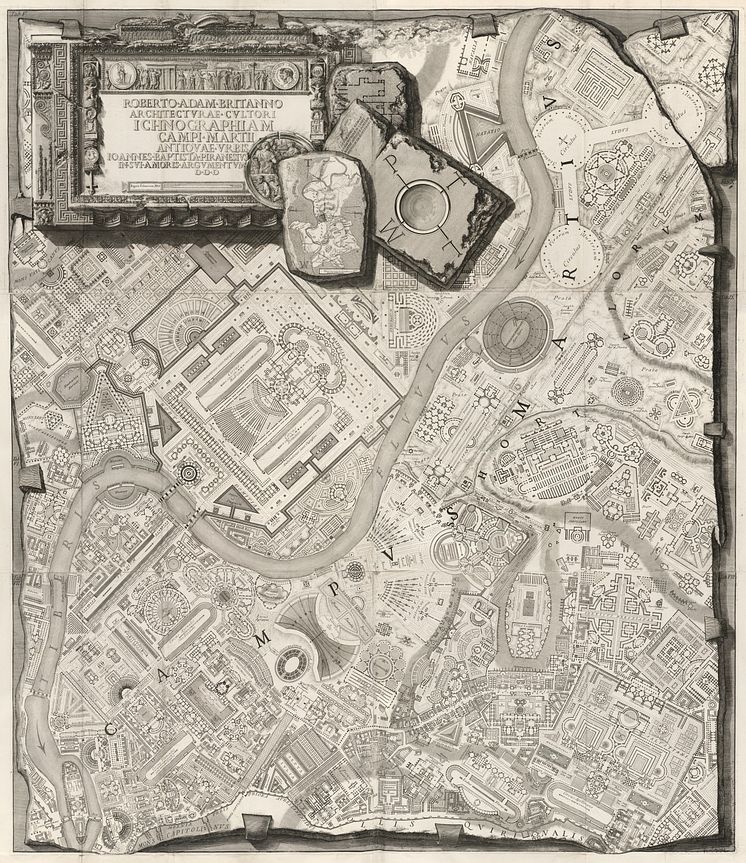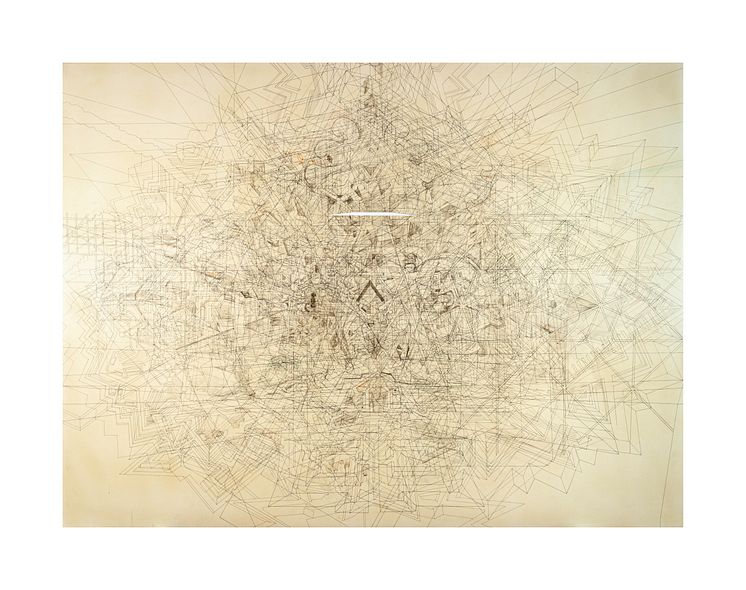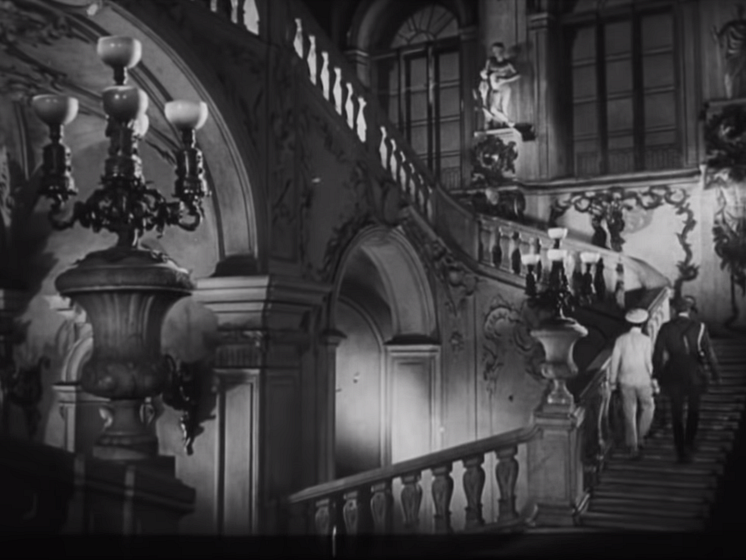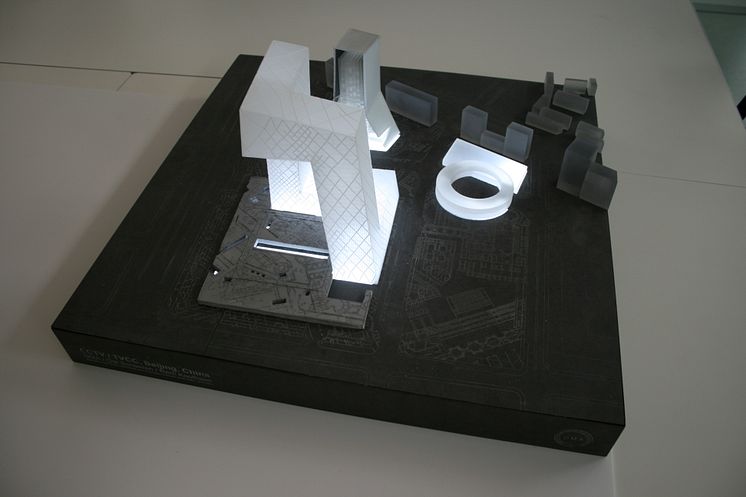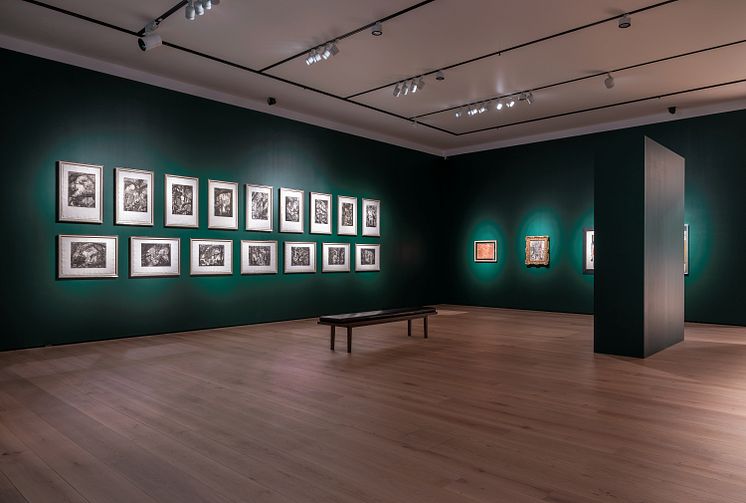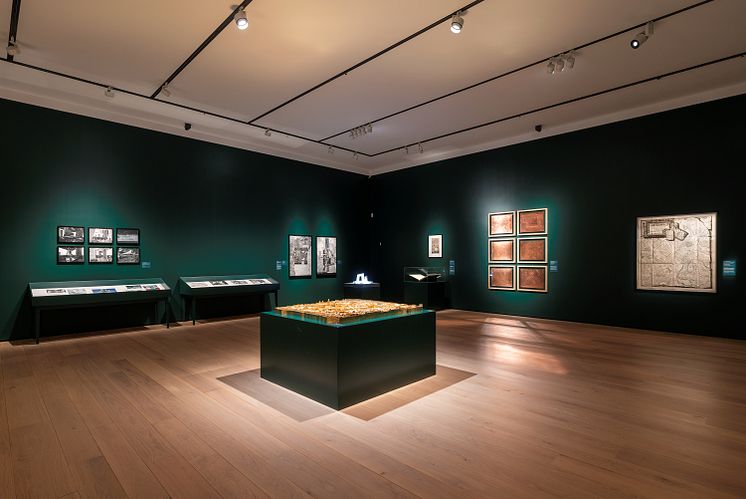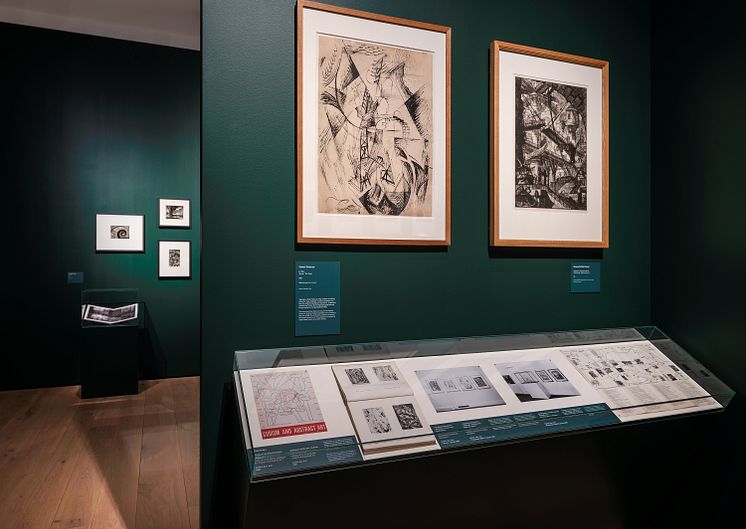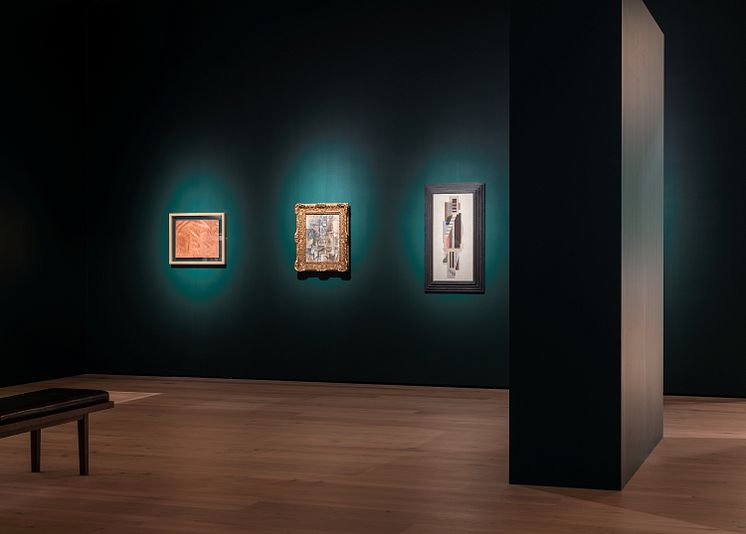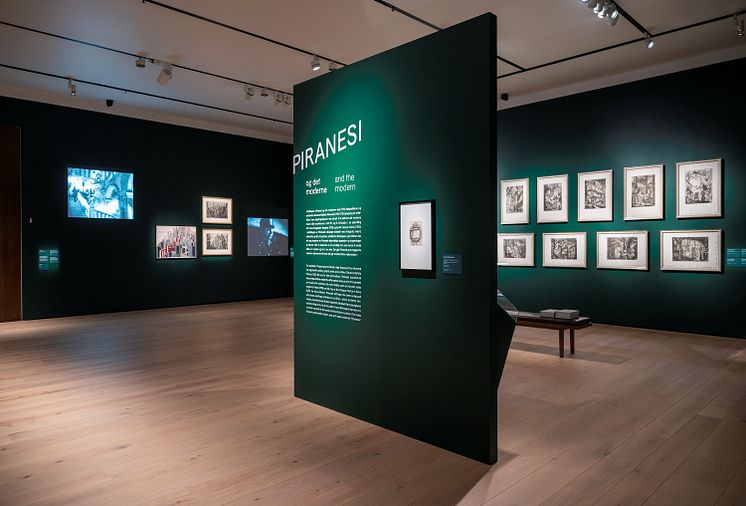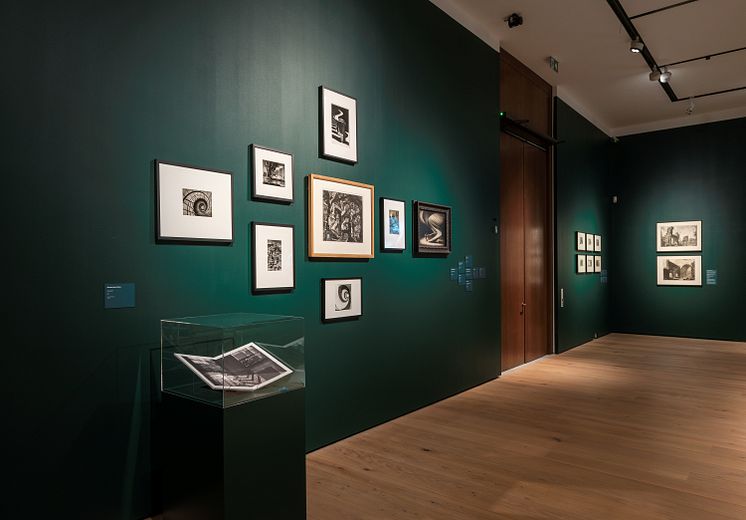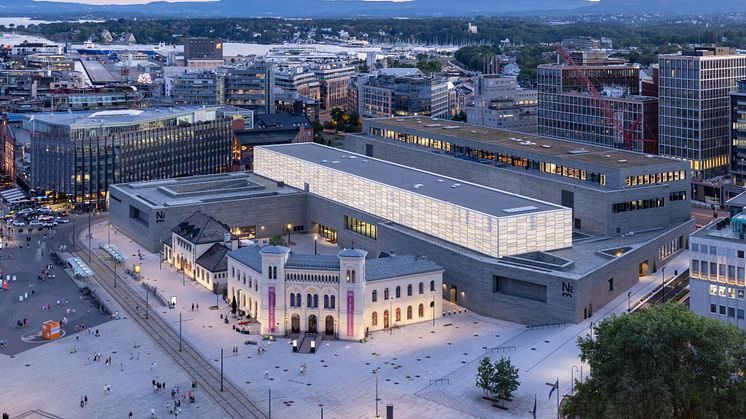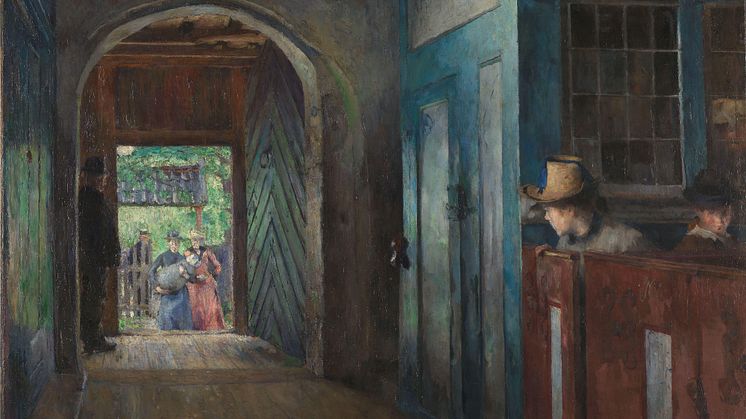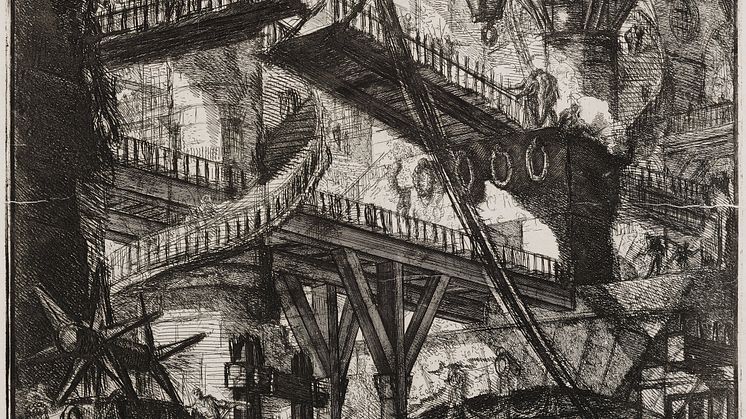
Press release -
A new exhibition traces the influence of 18th-century artist Piranesi
What do the Star Wars city of Coruscant, the architect Le Corbusier and the artist Robert Delaunay have in common? They were all inspired by the Italian artist Giovanni Battista Piranesi (1720–1778).
‘Piranesi and the Modern’
National Museum
9 September 2022 – 8 January 2023
Press preview: Wednesday 7 September, 13.00-14.00
On 9 September, the exhibition ‘Piranesi and the Modern’ will open at the National Museum. The exhibition will present Piranesi’s most famous works and explore his significance for art, architecture, film and photography in our own times. Works by Piranesi from more than 250 years ago will be displayed alongside works by artists such as Pablo Picasso, Robert Delaunay and Julie Mehretu, the architects Le Corbusier and Rem Koolhaas, and groundbreaking photographers and filmmakers such as Alvin Langdon Coburn and Sergei Eisenstein.
‘Piranesi has been a source of inspiration in several forms of art in the 20th and 21st centuries. In addition to literature, architecture and painting, we find traces of Piranesi’s influence in, for example, the use of light and shadow in modernist photography and in famous films such as “The Third Man” and “Star Wars: Episode II – Attack of the Clones”. In “Piranesi and the Modern”, the National Museum travels across genres and eras to trace the artist’s visual influence from the 18th century to the present day,’ says the National Museum’s director, Karin Hindsbo.
An inspiration for the Modern
Giovanni Battista Piranesi was an architect, printmaker, archaeologist, author, publisher and dealer in art and antiquities. He is most famous for his etchings depicting Rome, prison scenes, architectural fantasies, vertiginous stairways, and crumbling ruins. His works contributed to defining the Modern in various art forms in both the 20th and 21st centuries: abstract painting; cinematic montage; high contrast photography; and new ways of thinking about architecture and urban planning.
‘With his infinite spaces and branching forms, Piranesi has become the gatekeeper of infinite spaces that extend in both directions – out into the world and inwards into our own psyches. This makes him fundamentally Modern, or perhaps makes the Modern a “Piranesian” phenomenon,’ explains Victor Plahte Tschudi, a professor at the Oslo School of Architecture and Design (AHO), who has co-curated this exhibition.
‘Piranesi and the Modern’ is a collaboration between the National Museum and the Oslo School of Architecture and Design (AHO), and is based on Tschudi’s research. In November, Tschudi’s latest book, ‘Piranesi and the Modern Age’, will be published by MIT Press.
Tschudi’s co-curator is Wenche Volle, a senior curator at the National Museum. ‘Piranesi is also part of the National Museum’s own history. Two of the Piranesi etchings included in this exhibition were among the first works to enter the newly established Copperplate Engravings and Drawings Collection in 1877. The collection relied on donations and grew rapidly to several thousand works. Later this print collection was incorporated into the National Gallery’s collection, which today is is part of the National Museum,’ says Volle.
Unique loans
The National Museum has been very fortunate to be allowed to borrow the copper printing plates for Piranesi’s ‘Campo Marzio’ (1762) for this exhibition. The plates have never before been exhibited outside Rome. This is also the first time that the complete series of Piranesi’s famous ‘Imaginary Prisons’ (1761) prints has been shown in Norway. In addition, the exhibition includes architectural models and collages by the Dutch architect Rem Koolhaas (born 1944) that have never previously been exhibited.
‘Piranesi and the Modern’ also inaugurates two new exhibition rooms at the new National Museum. The rooms are intended for temporary exhibitions and are located on the museum’s ground floor. A satellite exhibition will be displayed in Hvelvet (‘The Vault’) at the National Museum – Architecture during the Oslo Architecture Triennale (from 23 September). Here, visitors can experience selected works from Piranesi’s ‘Imaginary Prisons’ within a vaulted structure designed by the architect Christian Heinrich Grosch (1801–1865) – a space that bears a striking similarity to the interiors in Piranesi’s prison pictures.
Public lectures presented during the exhibition period will discuss Piranesi and his influence on modern art and architecture, as well as the phenomenon of the Grand Tour in 18th- and 19th-century Europe, which resulted in many Grand Tourists returning home with at least one work by Piranesi in their luggage. There will also be printmaking workshops for both adults and children.
For press preview contact mari.arntzen@nasjonalmuseet.no.
Topics
Categories
The National Museum of Art, Architecture and Design opens in 2022. With its new building the National Museum will be the largest art museum in the Nordics. The collection contains 400,000 objects ranging from the antiquity to the present day and includes paintings, sculpture, drawings, textiles, furniture and architectural models.



